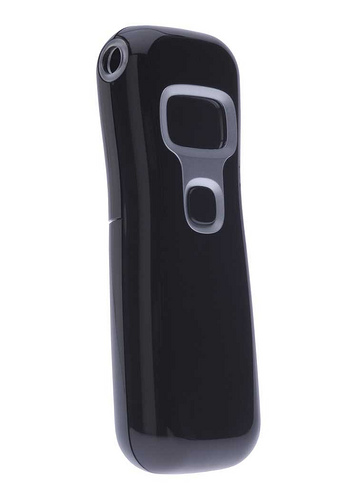DUI Alcohol Tests

Breathalyzer:
 The breathalyzer is a portable machine connected to a plastic tube into which the DUI suspect blows. The machine determines a blood alcohol concentration (BAC) based upon the alcohol in the person's breath. This machine is carried by police and is used when a suspect is pulled over. The breathalyzer is a fairly reliable DUI test, though if a person has consumed alcohol very recently, the machine is likely to register a high score because of alcohol still in the suspect's mouth.
The breathalyzer is a portable machine connected to a plastic tube into which the DUI suspect blows. The machine determines a blood alcohol concentration (BAC) based upon the alcohol in the person's breath. This machine is carried by police and is used when a suspect is pulled over. The breathalyzer is a fairly reliable DUI test, though if a person has consumed alcohol very recently, the machine is likely to register a high score because of alcohol still in the suspect's mouth.
Blood Test:
Even more accurate than breathalyzer DUI tests are the blood tests. A suspect must be taken back to the police station to draw the blood. Frequently, a person that has failed the breathalyzer test will also have a blood sample drawn for evidence. The blood test can also test for other drugs.
Urine Test:
Least accurate, and least frequently used, is the urine sample test. This test is often used to test for alcohol when the other two DUI tests cannot be performed. However, urine tests can also be used to detect other drugs.
Blood Alcohol Limits:
Blood alcohol level is defined as the percentage of alcohol found in the bloodstream after consuming alcoholic beverages. Depending on what state you are in the maximum blood alcohol level, or blood alcohol concentration (BAC), is either 0.08 percent or 0.10 percent. In October 2000, Congress passed a law requiring that all states adopt the 0.08 percent blood alcohol limit or face losing federal highway funding. As of October 2000 the following states and the District of Columbia used the 0.08 percent limit: Alabama, California, Florida, Hawaii, Idaho, Illinois, Kansas, Kentucky, Maine, New Hampshire, New Mexico, North Carolina, Oregon, Texas, Utah, Virginia, Vermont, and Washington.
created by:Menzi Phasha


 The breathalyzer is a portable machine connected to a plastic tube into which the DUI suspect blows. The machine determines a blood alcohol concentration (BAC) based upon the alcohol in the person's breath. This machine is carried by police and is used when a suspect is pulled over. The breathalyzer is a fairly reliable DUI test, though if a person has consumed alcohol very recently, the machine is likely to register a high score because of alcohol still in the suspect's mouth.
The breathalyzer is a portable machine connected to a plastic tube into which the DUI suspect blows. The machine determines a blood alcohol concentration (BAC) based upon the alcohol in the person's breath. This machine is carried by police and is used when a suspect is pulled over. The breathalyzer is a fairly reliable DUI test, though if a person has consumed alcohol very recently, the machine is likely to register a high score because of alcohol still in the suspect's mouth.